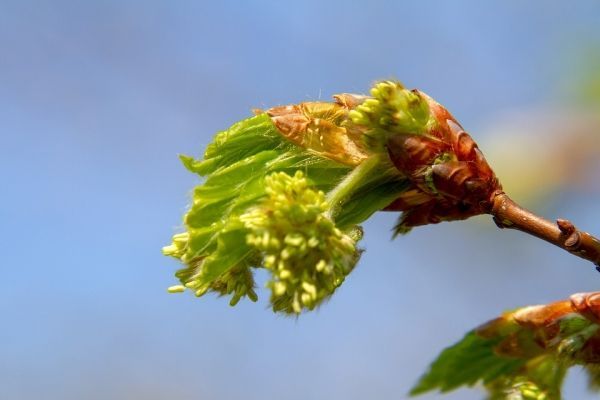Sometimes referred to as nature’s calendar, phenology looks at the seasonal life cycle of plants and animals and is one of the leading indicators of climate change. It’s the observance of natural occurrences like the first formation of buds and flowers in the spring and the changing colors of leaves in the fall. According to researchers at the University of New Hampshire, when the rate of the Earth’s air temperature slows down for a significant amount of time, so can phenology.
In a study, recently published in the journal Nature Communications, researchers focused on a 15-year period in the early part of this century, when there was a temporary slowdown in the rise of the Earth’s air temperatures. It continued to rise, but more slowly than in the years before and after. Scientists found that during that period, phenology remained relatively constant from year to year, with no appreciable increase in the length of the growing seasons.
“This finding was a big surprise to us because the Earth’s climate is changing and affecting the length of the seasons,” says Jingfeng Xiao, a research associate professor at the UNH Earth Systems Research Center. “Over the past decades we have experienced longer growing seasons, with spring coming earlier and fall coming later, but this wasn’t the situation from 1998 to 2012 in the northern hemisphere.”
Phenology plays a major role in helping to regulate plant photosynthesis, transpiration, and energy exchange. When phenology stabilizes, it’s easier to estimate when to start a garden, when fall foliage will peak and helps life cycles like pollination, migration and mating.
Read more at University of New Hampshire
Photo Credit: 5598375 via Pixabay


